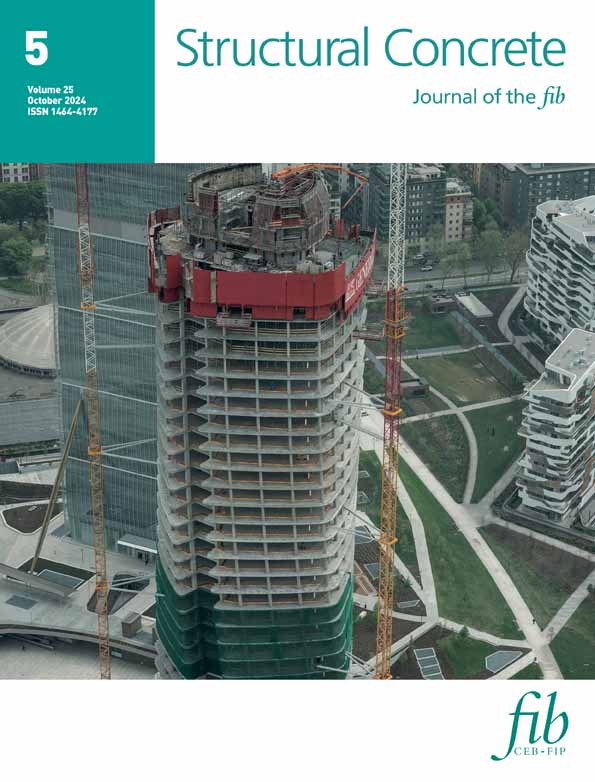Bond shear modulus in reinforced concrete at high temperature: A design-oriented approach
Abstract
Modeling bond behavior in either ordinary or high-temperature conditions requires the knowledge of bond shear modulus—called also slip modulus or simply bond stiffness—that has received so far scanty attention because of the greater interest for bond as a guarantee of equilibrium at the Ultimate Limit State (and in fire conditions) than as a means to guarantee both equilibrium and compatibility at the Serviceability Limit State (and in fire/post-fire conditions). The limited knowledge of bond shear modulus makes it difficult to numerically model such phenomena as tension stiffening, that controls the structural behavior in both ordinary and fire conditions. The general trends identified by examining eleven experimental campaigns with anchored bars covering 27 different cases and temperatures ranging between 20 and 800°C are the starting point of the design-oriented laws proposed in this study about bond shear modulus as a function of concrete residual strength and temperature. A simple shear-lag model is introduced for bond shear modulus at room temperature, as its evaluation from test data is no simple matter due to initial chemical adhesion and different test procedures. Bond shear modulus is shown to be a decreasing function of concrete residual compressive strength and of the maximum temperature reached by the bar-concrete system. Design charts are proposed to allow the designer to identify the value of the bond stiffness on the basis of the max. temperature, of concrete residual strength and of bar diameter, making it possible to realistically model tension stiffening in fire-damaged RC structures.
CONFLICT OF INTEREST STATEMENT
The authors declare no conflicts of interest.
Open Research
DATA AVAILABILITY STATEMENT
The data that support the findings of this study are available from the corresponding author upon reasonable request.




